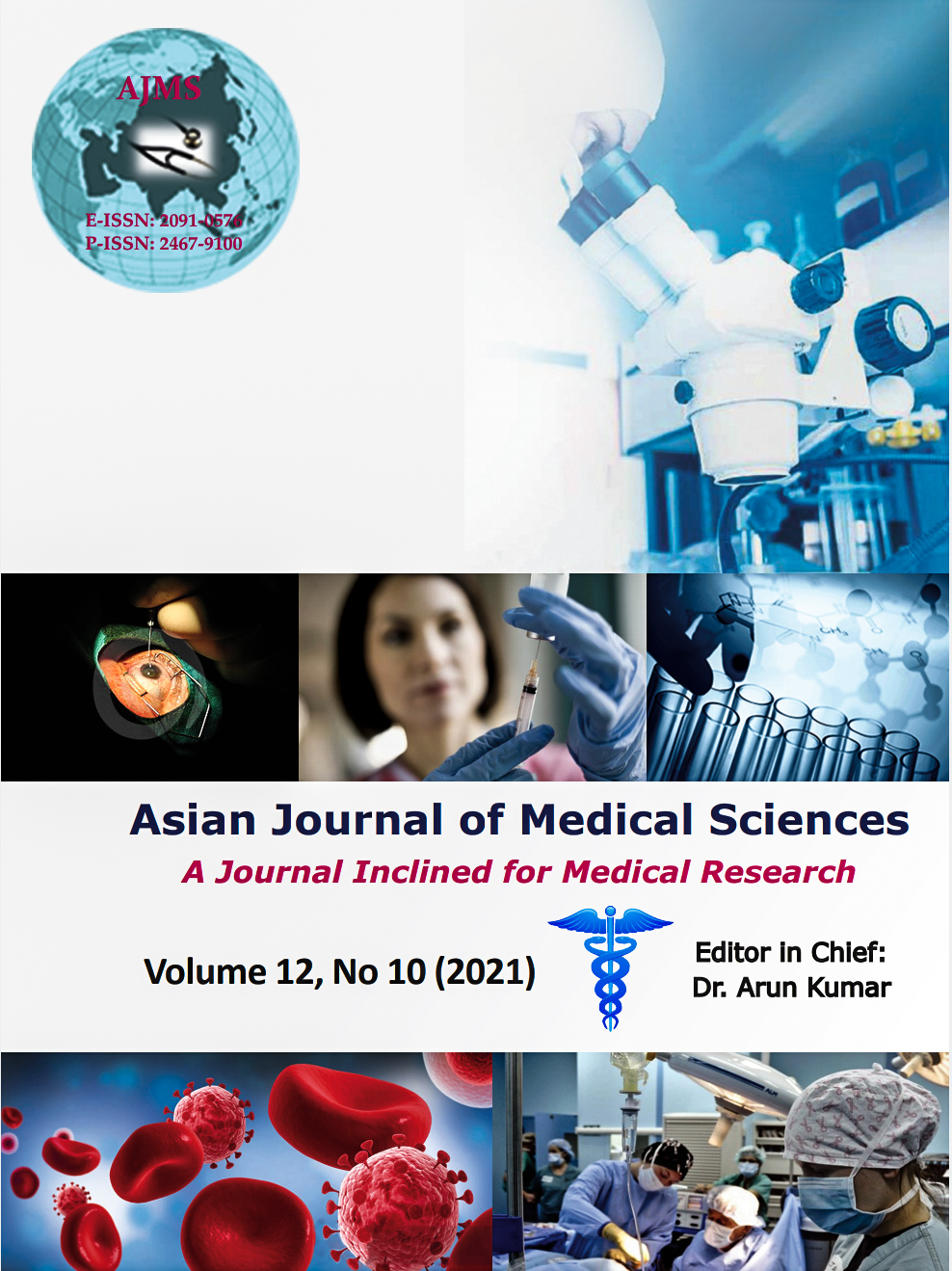Derivation of regression equation for estimation of stature by using measurement of femur
Keywords:
Proximal end, Long bone, StatureAbstract
Background: Reconstruction of stature from broken fragments of bones is used as a part of the analysis in forensic anthropology for the purpose of identification of an individual. Long bones are traditionally used for estimation of stature. Long bones such as femur and tibia are the most important components of an individual’s stature. In the present study, regression equation was derived for estimation of maximum femoral length from measurements of the proximal end of femur.
Aims and Objectives: To derive regression equations using femur length from measurements of neck-shaft angle and maximum vertical diameter of femur head.
Materials and Methods: Two hundred unpaired femurs, devoid of gross pathology and irrespective of gender obtained from the Department of Anatomy of both VMKVMC &VMHMC were used for this study. The correlation coefficients of the neck-shaft angle and maximum diameter of head of femur to the maximum length of femur was calculated. These co-efficient were used for formulation of regression equation.
Results: The present study was done to show that the maximum length of femur can be best calculated from the metric evaluation of vertical diameter of the head when the proximal fragments are available. The parameters in our study which includes maximum vertical diameter of the head showed positive correlation but the neck- shaft angle showed a low correlation and is not reliable to measure MFL from it.
Conclusion: The present study concludes that the maximum length of femur can be best calculated from the metric evaluation of vertical diameter of the head when the proximal fragments are available.
Downloads
Downloads
Published
How to Cite
Issue
Section
License
Copyright (c) 2021 Asian Journal of Medical Sciences

This work is licensed under a Creative Commons Attribution-NonCommercial 4.0 International License.
Authors who publish with this journal agree to the following terms:
- The journal holds copyright and publishes the work under a Creative Commons CC-BY-NC license that permits use, distribution and reprduction in any medium, provided the original work is properly cited and is not used for commercial purposes. The journal should be recognised as the original publisher of this work.
- Authors are able to enter into separate, additional contractual arrangements for the non-exclusive distribution of the journal's published version of the work (e.g., post it to an institutional repository or publish it in a book), with an acknowledgement of its initial publication in this journal.
- Authors are permitted and encouraged to post their work online (e.g., in institutional repositories or on their website) prior to and during the submission process, as it can lead to productive exchanges, as well as earlier and greater citation of published work (See The Effect of Open Access).




